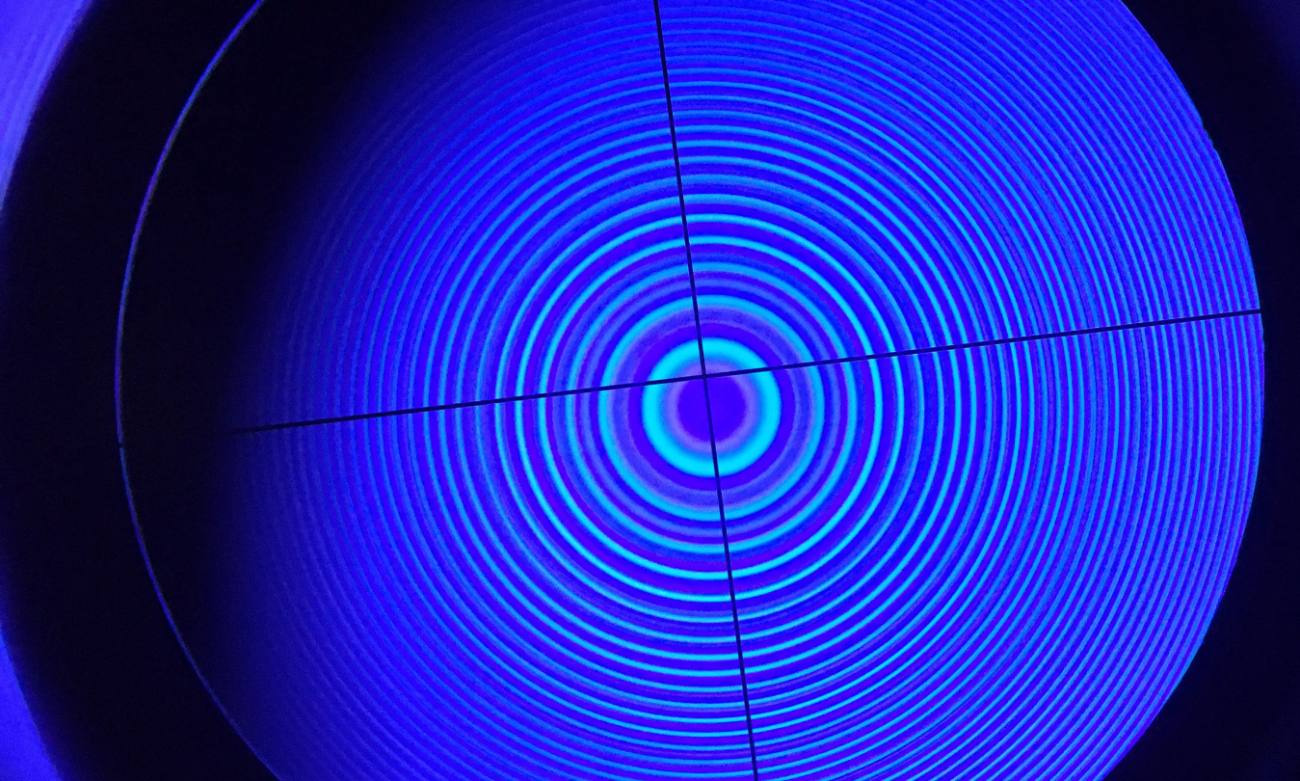To measure the little separation of two lines in the spectral colors produced by certain atoms, the fine-structure constant was first proposed in 1916. Here, a Fabry-Pérot interferometer is used to observe the frequencies that are so tightly spaced. The fine-structure constant is one of the most basic numbers in physics, and now physicists have discovered a novel technique to directly measure it.
This number for the fundamental electromagnetic force is revealed in their experiment by a sharp reversal in the polarization of a measurement beam. Instead of having to convert the angle to the fine-structure constant, which might be prone to error, you can just use the angle itself.
The intensity of the electromagnetic interaction, one of the four basic forces, is described by the fine-structure constant, a fundamental quantity of our universe. As a result, it controls the scale at which atoms are created, the nature of nuclear and chemical events, and almost every other phenomenon in the cosmos. It is the foundation for a large number of physical constants and the standard model of physics.
For the first time, physicists have been able to directly calculate the natural constant by measuring the polarization rotation angle.
As such, having an accurate measurement of the fine-structure constant is crucial. The fraction 1/137 can be used as a rough approximation for its value. However, elaborate tests are sometimes required to ascertain its exact value. The fine-structure constant is often determined after other relevant values have been measured.
Polarization and the QHE

However, physicists at the Vienna University of Technology, headed by Alexey Shuvaev, have shown that there is another, easier option. They designed an experiment to quantify the fine-structure constant. They use something called the quantum Hall effect (QHE) as the basis for their method. It guarantees that a material’s resistance becomes quantized at low temperatures and high magnetic fields, meaning that its resistance no longer fluctuates continuously but rather progressively.
Thanks to the quantized resistance of the quantum Hall effect, scientists now have a novel technique for determining the fine-structure constant. Moving the static measurement of this effect into the optical domain gives rise to a rotational angle that is proportional to the fine-structure constant. The quantum Hall effect alters the radiation’s vibrational direction when a measurement beam is passed through a quantum Hall effect material. According to the theory, the constant can be determined by measuring the polarization change at different angles.
The testing method
However, such a metric proves to be more complex in actual use. One must locate a substance with a quantum Hall effect that can be readily seen and quantified. This is necessary in order to get an accurate reading of the quantized, instantaneous shift in polarization angle. In their study, Shuvaev and colleagues employed a gallium arsenide substrate coated with a monocrystalline layer of only six nanometers in thickness made of a chromium bismuth antimony terbium compound ((Cr0.12Bi0.26Sb0.62)2Th3).
Scientists chilled this tiny platelet to a temperature just above absolute zero and then placed it in a magnetic field with a static strength of around one tesla. The next step was to do the actual measurement, which included directing a terahertz-range polarized laser beam towards the target material and checking to see whether and how the beam’s polarization angle changed after going through it.
The polarization shifts suddenly rather than gradually.
In theory, it shouldn’t be surprising that a substance may cause a laser beam’s polarization to spin. Here, though, scientists are dealing with an entirely different consequence. Their polarization shifts suddenly rather than gradually.
Quantifiable constants
The experiment was a success; the measurements showed a clear, repeatable shift in polarization, and the fine-structure constant could be inferred from the orientation of this leap. By using this technique, researchers could directly measure the universal rotation angle and, in turn, the fine-structure constant, without resorting to any kind of computation or setting of extra parameters. When seen from an angle, the fine structural constant stands out as the first thing you notice.
This novel method of measurement allows scientists to determine the value of the natural constant without relying on any other parameters or primary quantities. This would not only help us get a better idea of what its value is, but also shed light on whether or not the fine-structure constant has indeed been constant over the course of billions of years.


